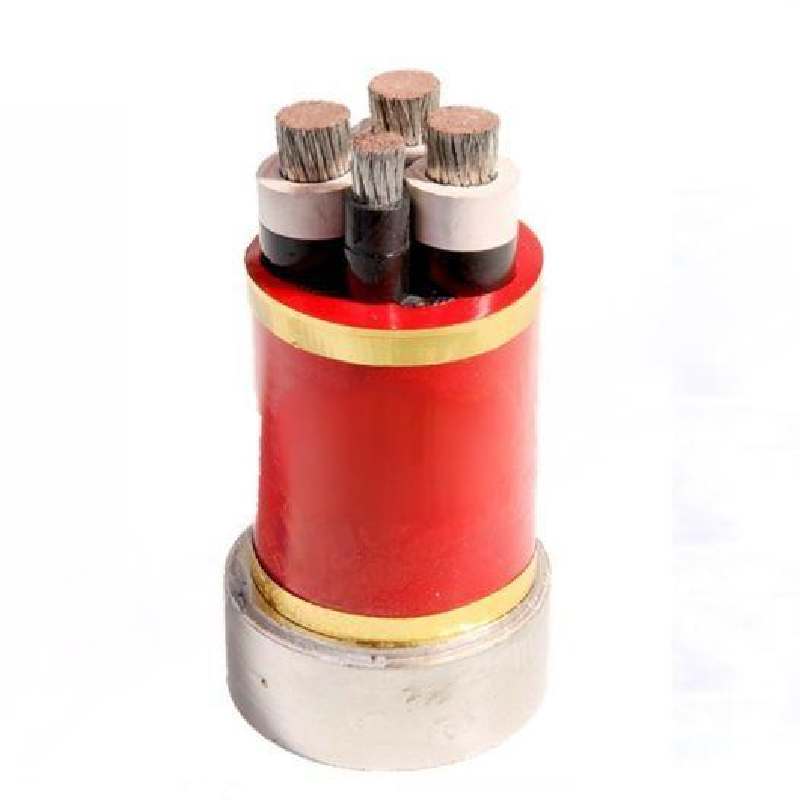10 月 . 07, 2024 14:07 Back to list
din swing check valve
Understanding DIN Swing Check Valves Function and Applications
DIN swing check valves are crucial components in various piping systems, specifically designed to allow fluid to flow in one direction while preventing backflow. The acronym DIN stands for Deutsches Institut für Normung, which is the German Institute for Standardization. These valves adhere to specific standards set by the DIN for manufacturing quality and performance, ensuring reliability and safety in fluid handling applications.
How DIN Swing Check Valves Work
A swing check valve operates utilizing a disc, or flap, that swings on a hinge. When fluid flows in the designated direction, the disc is pushed open, allowing the fluid to pass through. Once the flow subsides or attempts to reverse, the disc swings back into its closed position, effectively blocking any backflow. This action relies on the fluid's kinetic energy and gravity, making it a passive device that requires no external power source.
One of the main advantages of swing check valves is their low-pressure drop. The disc swings fully open during fluid flow, permitting unrestricted passage compared to other check valve types that may cause turbulence or reduced flow area. Additionally, DIN swing check valves can be installed in horizontal or vertical pipelines, making them versatile for multiple applications.
Key Benefits
din swing check valve

2. Durability Manufactured under strict DIN standards, these valves are made from high-quality materials, providing durability and a long service life even in demanding environments.
3. Maintenance Ease Swing check valves usually require minimal maintenance. Their straightforward design makes inspections and repairs easier compared to more complex valve types.
4. Compatibility and Standardization As they adhere to DIN standards, these valves can be easily integrated into existing systems that utilize DIN-compliant components.
Applications
DIN swing check valves are widely used across various industries, including
- Water Treatment and Supply Preventing backflow in water distribution pipelines. - Oil and Gas Ensuring the flow direction in pipelines transporting oil, gas, and other critical fluids. - HVAC Systems Used in heating and cooling applications to maintain flow direction and efficiency. - Chemical Processing Protecting sensitive equipment from reverse flow of corrosive substances.
In conclusion, DIN swing check valves serve a vital role in fluid management across multiple industries. Their simple yet effective design allows for efficient operation while ensuring system integrity. With their durability, ease of maintenance, and compliance to international standards, they stand out as a reliable solution for preventing backflow in various applications. Understanding their functionality and application areas enables engineers and technicians to make informed decisions when selecting components for fluid systems.
Share
-
Understanding the Differences Between Wafer Type Butterfly Valve and Lugged Butterfly ValveNewsOct.25,2024
-
The Efficiency of Wafer Type Butterfly Valve and Lugged Butterfly ValveNewsOct.25,2024
-
The Ultimate Guide to Industrial Swing Check Valve: Performance, Installation, and MaintenanceNewsOct.25,2024
-
Superior Performance with Industrial Swing Check Valve: The Essential Valve for Any SystemNewsOct.25,2024
-
Industrial Swing Check Valve: The Ideal Solution for Flow ControlNewsOct.25,2024
-
You Need to Know About Industrial Swing Check Valve: Functionality, Scope, and PerformanceNewsOct.25,2024